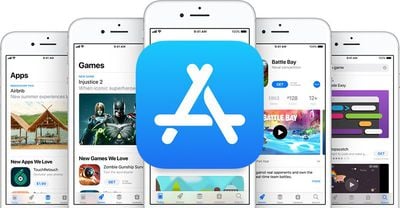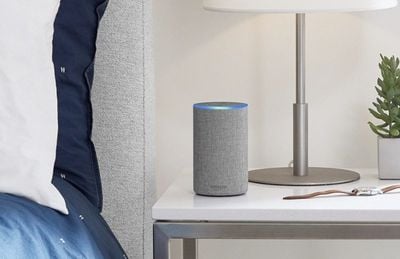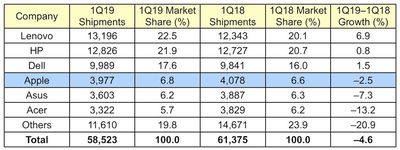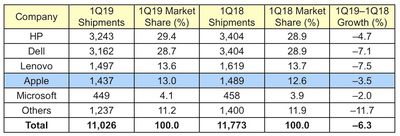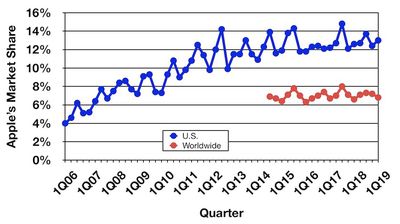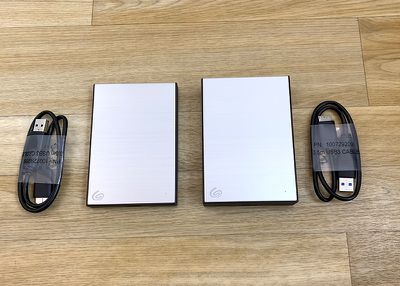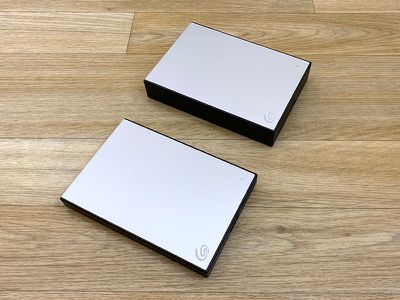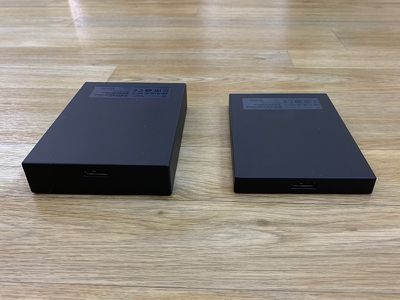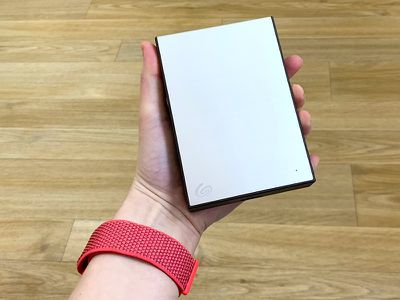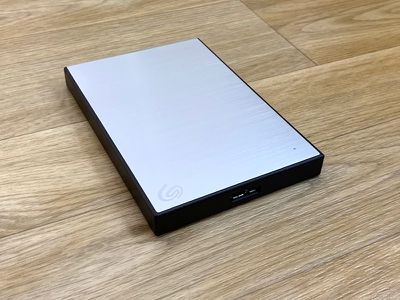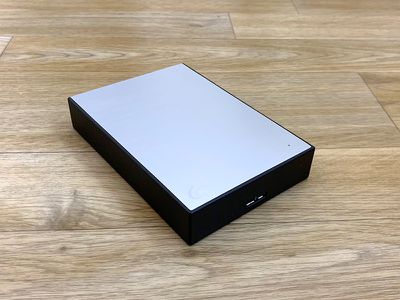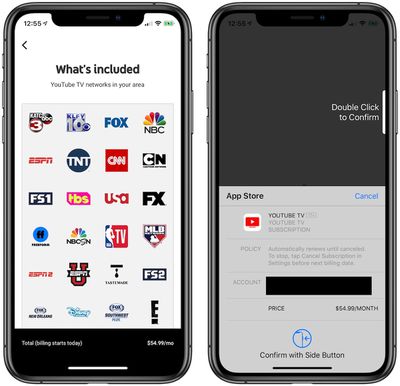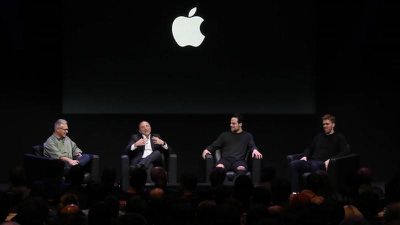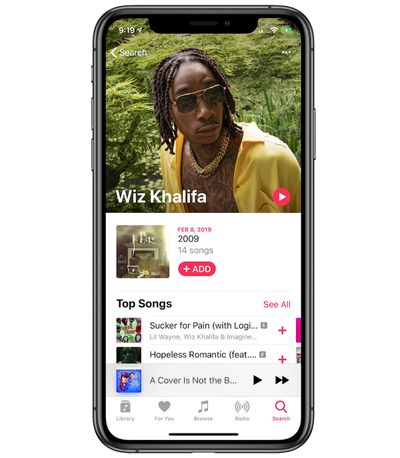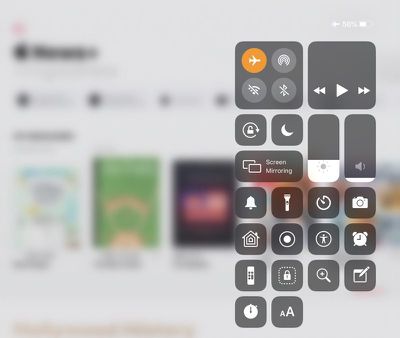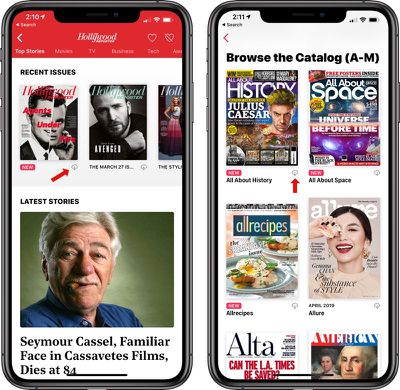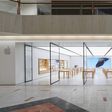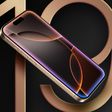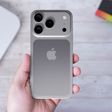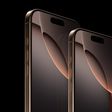New discounts on a variety of Apple products have hit some of the major retailers this week, including sales on HomePod and the older 2017 models of the iMac and MacBook Pro.
HomePod
For the HomePod, Costco is now providing its members a chance to save even further on the recently discounted smart speaker, priced at $279.99 in Costco retail stores, down from $299.00 on Apple's website and all other major retailers at the moment.
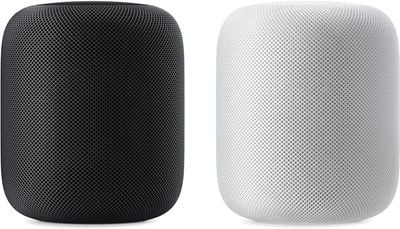 Note: MacRumors is an affiliate partner with these vendors. When you click a link and make a purchase, we may receive a small payment, which helps us keep the site running.
Note: MacRumors is an affiliate partner with these vendors. When you click a link and make a purchase, we may receive a small payment, which helps us keep the site running.
You'll have to be a Costco member to purchase the HomePod, and if you opt for shipping a charge of $4.99 will be added onto the order. You can purchase the HomePod in both White and Space Gray from Costco, and it's unclear how long the discount will last.
iMac
For the iMac, both Amazon and B&H Photo are discounting select models of Apple's desktop computer from mid 2017. This includes the 21.5-inch and 27-inch models, with savings of as much as $400 off the computer. The prices listed below are the best available online for each respective model, and start as low as $1,099.00 for the 21.5-inch iMac.
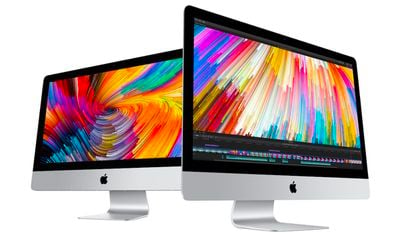
Mid 2017 Retina iMacs
-
21.5-inch iMac, 3.0 GHz, 8GB RAM, 1TB - $1,099.00, down from $1,299.00 [Amazon / B&H]
-
21.5-inch iMac, 3.4 GHz, 8GB RAM, 1TB Fusion - $1,297.00, down from $1,499.00 [Amazon]
-
27-inch iMac, 3.4 GHz, 8GB RAM, 1TB Fusion - $1,593.00, down from $1,799.00 [Amazon]
-
27-inch iMac, 3.5 GHz, 8GB RAM, 1TB Fusion - $1,699.00, down from $1,999.00 [Amazon / B&H]
-
27-inch iMac, 3.8 GHz, 8GB RAM, 2TB Fusion - $1,899.00, down from $2,299.00 [Amazon / B&H]
MacBook Pro
Amazon is also discounting the 13-inch MacBook Pro from 2017 by $200 (this is the model without a Touch Bar). There are two models on sale, the first of which has 8GB RAM and a 128GB SSD priced at $1,099.99, down from $1,299.99.
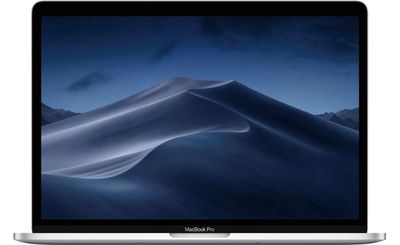
The second MacBook Pro on sale has 8GB RAM and a 256GB SSD for $1,299.99, down from $1,499.99. Although they lack a Touch Bar, these MacBook Pros include a Force Touch trackpad, up to 10 hours of battery life, and two Thunderbolt 3 USB-C ports.
If you're on the hunt for even more discounts and bargains, be sure to head over to our full Deals Roundup.


